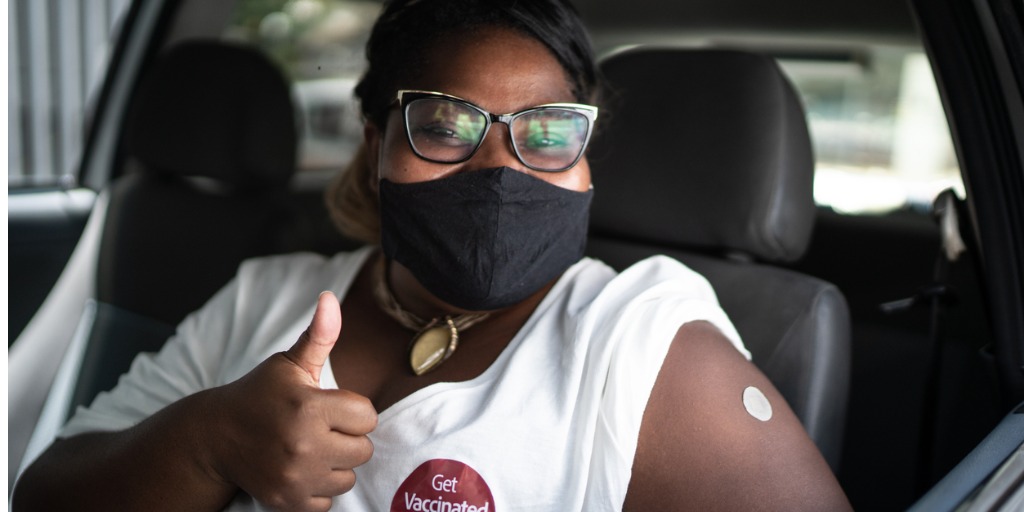Tips for talking to patients about vaccine side effects
No matter your specialty—your patients may have questions about the COVID-19 vaccine. Now that anyone aged 16+ is eligible to receive a COVID-vaccine in Massachusetts, patients are looking to providers to learn more about side effects. Below we have outlined talking strategies to help you answer their questions. We’ve also included common side effects for both the Pfizer and Moderna vaccines so that you can keep your patients updated on the facts.
The importance of effective communication during vaccine rollout
With the increase in virtual visits, it can be especially challenging to connect with patients while communicating in new ways. But as their provider, you are a preferred resource of healthcare education. In a recent member survey, 74% of respondents marked their PCP or other doctors as the most reliable vaccine information source. When you communicate with patients about the vaccine, you should make every effort to acknowledge their concerns or hesitancy at first. This gesture may allay patient reluctance to share more personal concerns and fears they may be experiencing Then you can get into the most updated information we have about safety and efficacy.
According to the CDC, here are the key things patients need to know:
- COVID-19 vaccines are safe and effective.
- You may have side effects after vaccination, but these are normal.
- It typically takes two weeks after you are fully vaccinated for the body to build protection (immunity) against the virus that causes COVID-19.
- People who have been fully vaccinated can start to do some things they had stopped doing because of the pandemic.
What patients need to know about vaccines, including side effects
The FDA has authorized the emergency use of the Pfizer-BioNTech COVID-19 Vaccine to prevent COVID-19 in individuals 16 years of age and older under an Emergency Use Authorization (EUA). The FDA has authorized the emergency use of the Moderna COVID-19 Vaccine to prevent COVID-19 in individuals 18 years of age and older under an Emergency Use Authorization (EUA). The vaccines are given in the muscle of the upper arm in two doses—21 days apart for Pfizer-BioNTech—and 28 days apart for Moderna. The only people who should not get vaccinated are individuals that have had a severe or immediate allergic reaction to any of the ingredients in an mRNA vaccine or after getting the first dose. Patients who cannot get an mRNA COVID-19 vaccine may still be able to get a different type of COVID-19 vaccine. Click here to learn more information about people with allergies.
For patients receiving either vaccine, the possible side effects in the arm where they received their shot are pain, redness, or swelling. They may also experience tiredness, headache, muscle pain, chills, fever, and nausea post-vaccination. Side effects typically start within a day or two of vaccination. While side effects may impact patients’ ability to perform everyday activities, they should go away in a few days. Side effects after their second shot may be more intense than what was experienced after their first shot. Most side effects are mild and only show that the vaccine is building patients’ protection against COVID-19.
Visit the CDC for a full overview of the Pfizer-BioNTech COVID-19 vaccine or view the factsheet.
Visit the CDC for a full overview of the Moderna COVID-19 vaccine or view the factsheet.
What vaccinated patients can look forward to two weeks after their second dose
Two weeks after patients receive their second dose, they are considered fully vaccinated by the CDC—and can start doing some of the things they did before the pandemic, including:
- Visit with other vaccinated people of any age in a private area
- Visit with one household of unvaccinated people who are not at risk for severe illness
- Travel domestically without having to take a test before or after traveling—or having to quarantine
- Travel internationally without having to take a pre-travel test or quarantine after travel—depending on destination
It is important to note that fully vaccinated patients should still take safety precautions guided by the CDC, such as mask-wearing, social distancing, especially from people considered high-risk—and avoiding medium to large gatherings.
Download and print the complete list here.
For more information, we encourage you to visit our vaccine resource page for the most updated materials.
